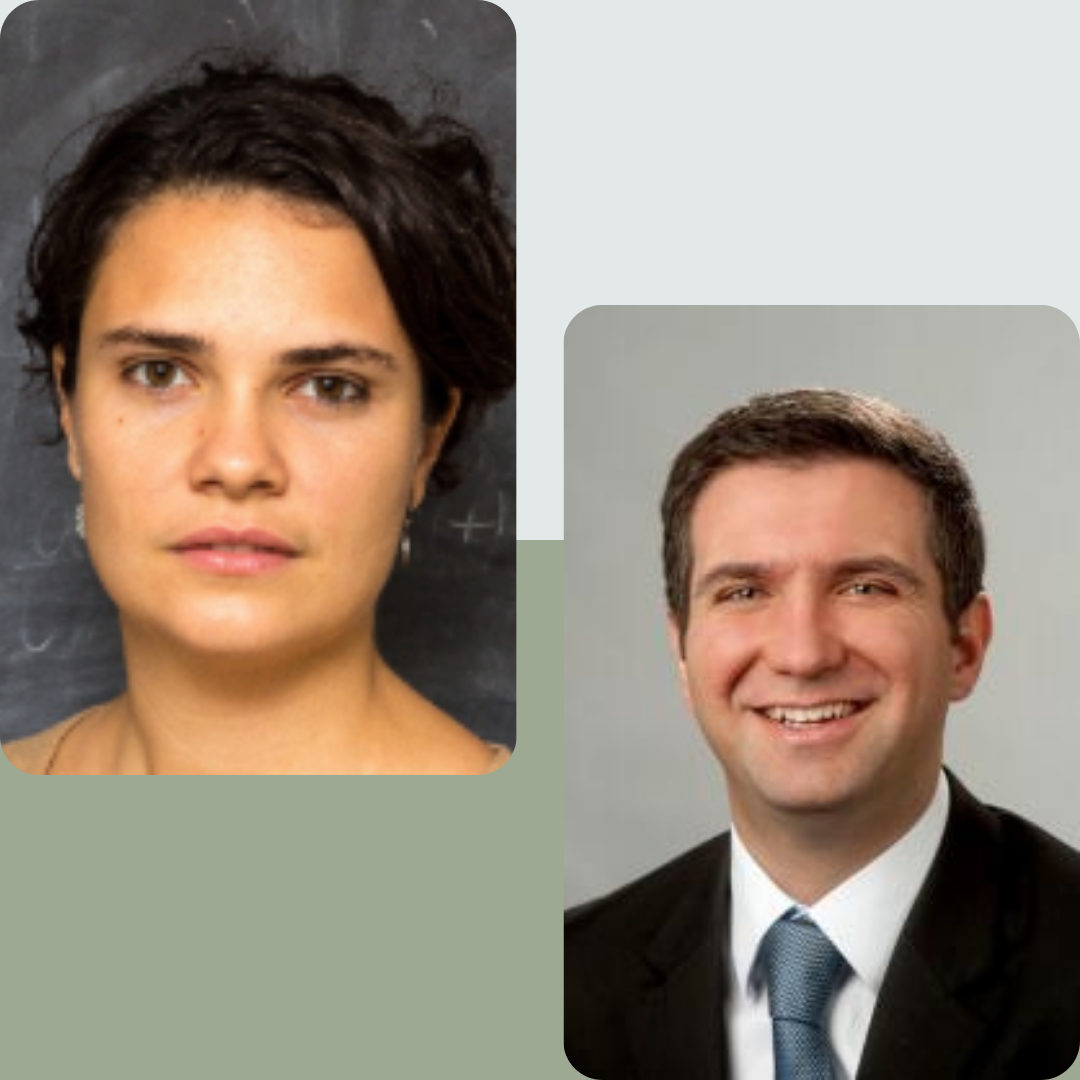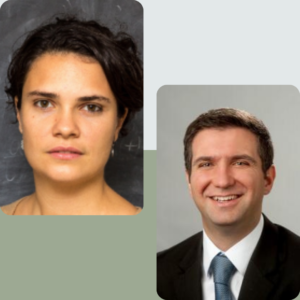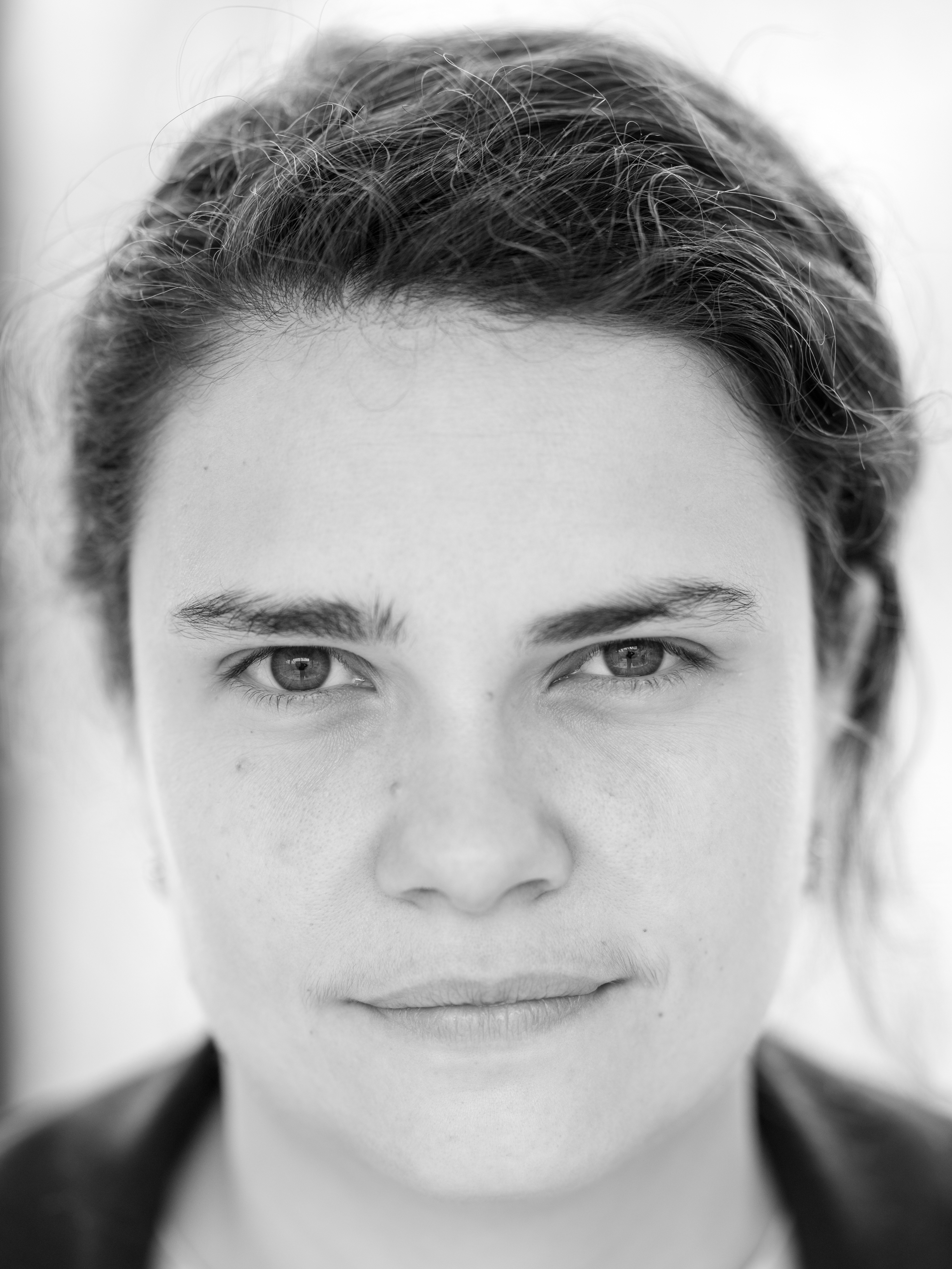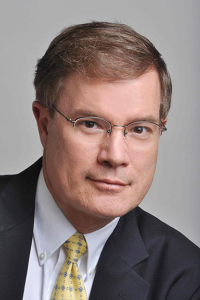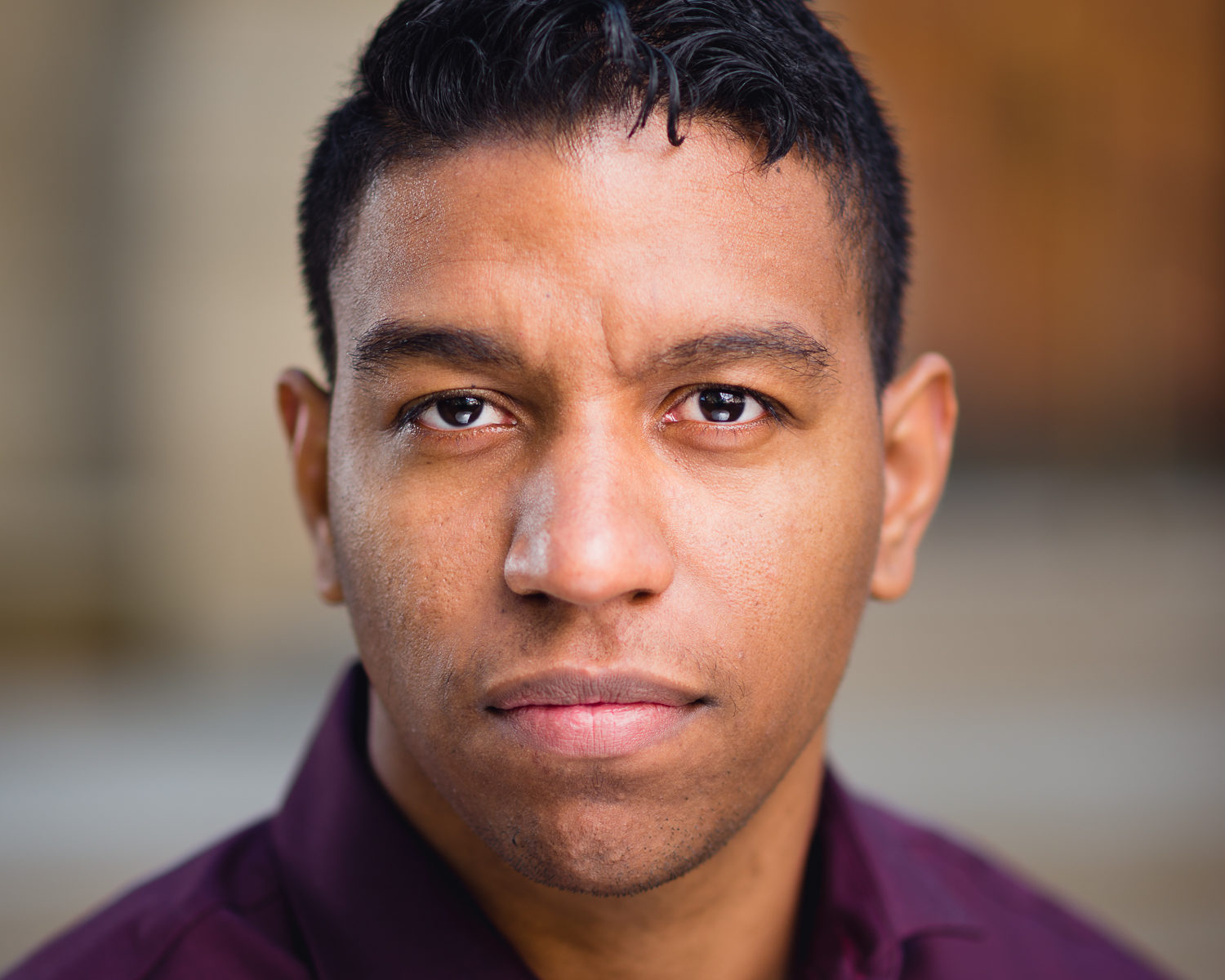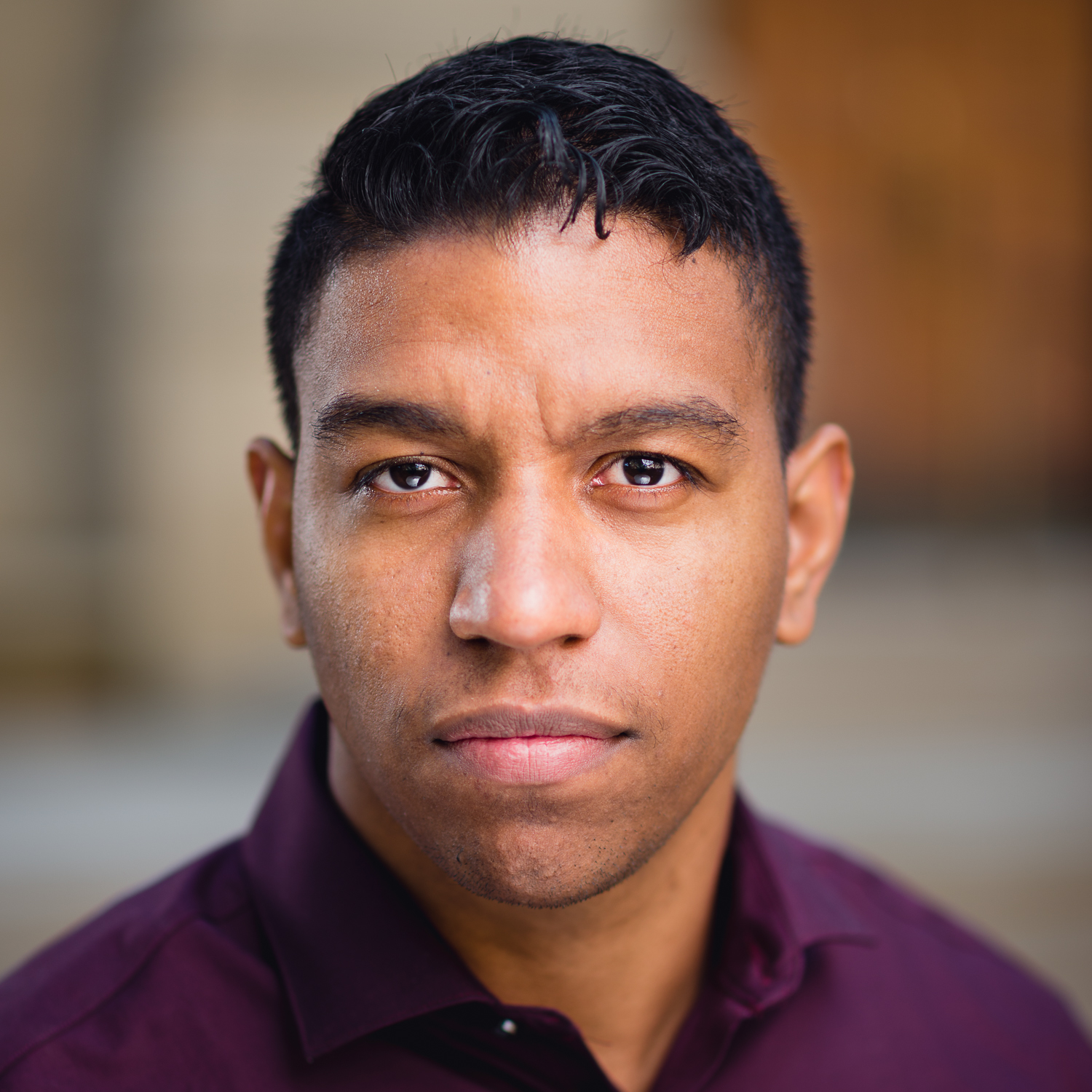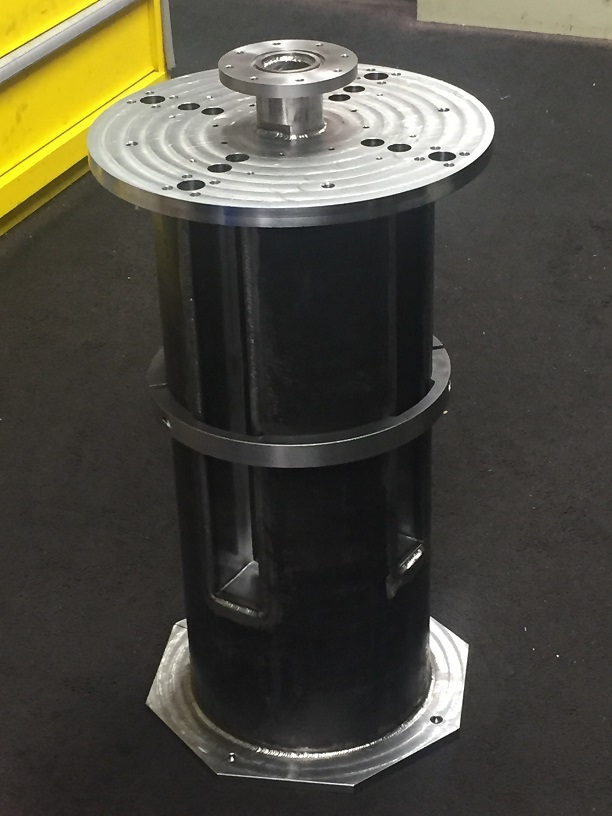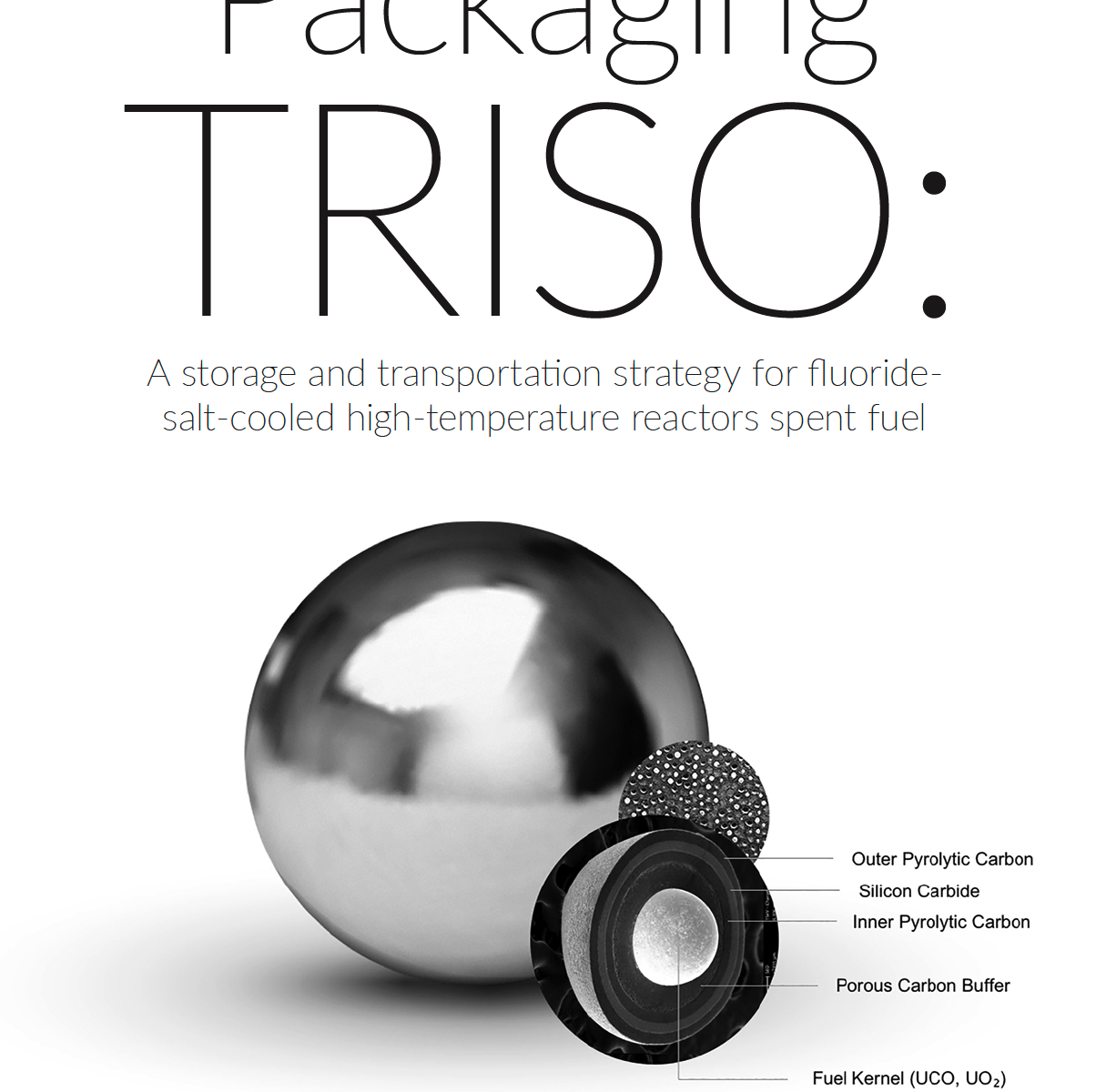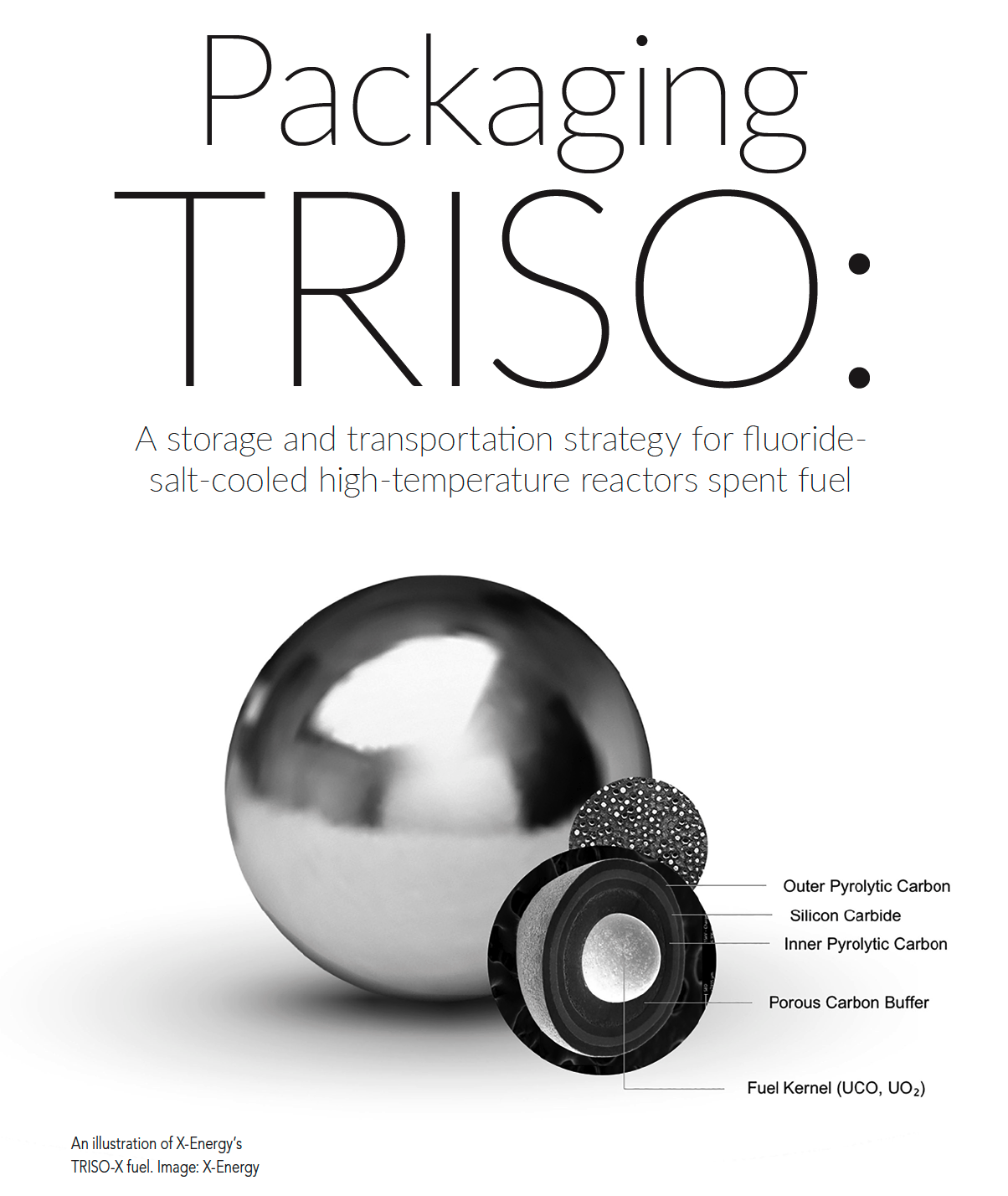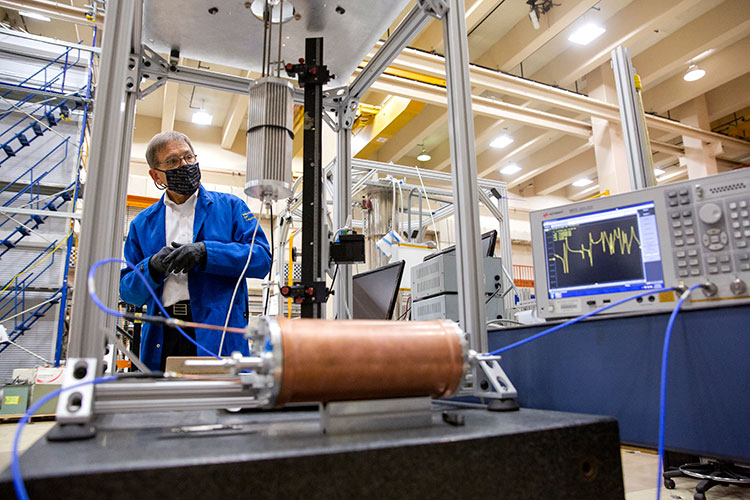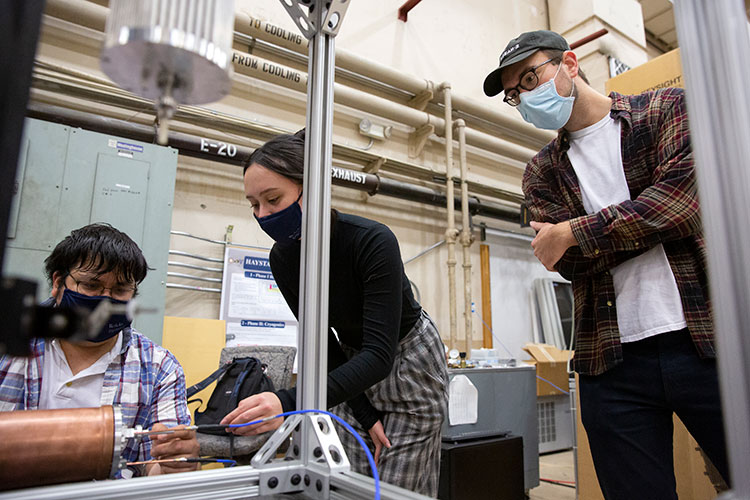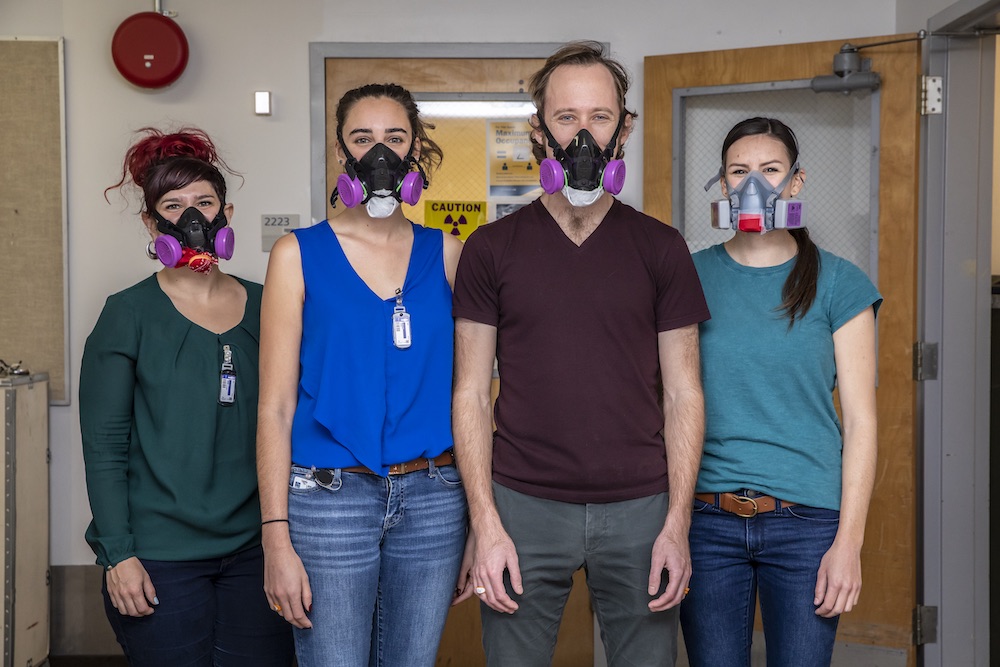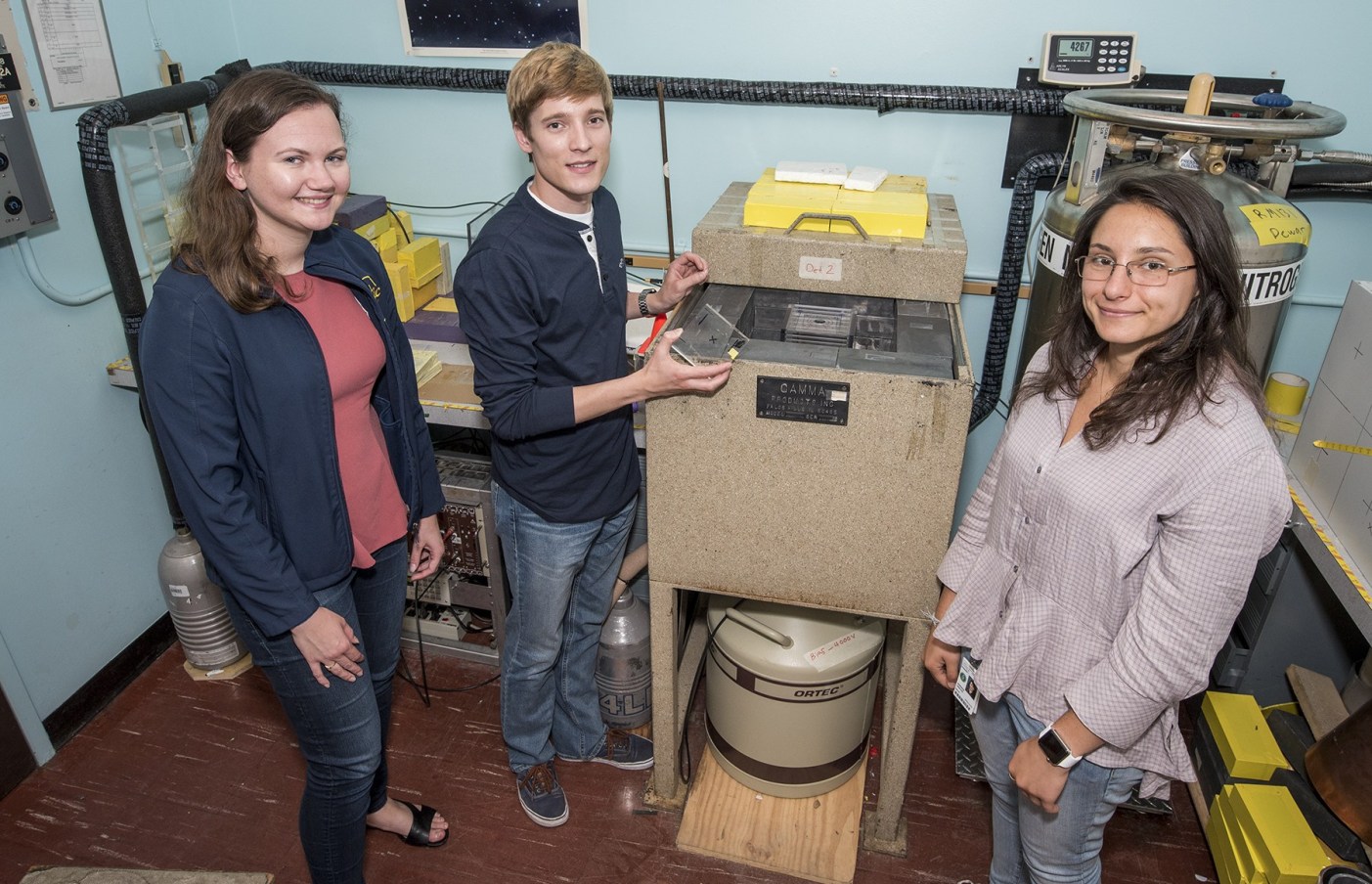Tennessee Governor Lee and Commissioner Rolfe Announce Kairos Power to Establish Low-Power Demonstration Reactor 'HERMES' in Oak Ridge
July 17th, 2021
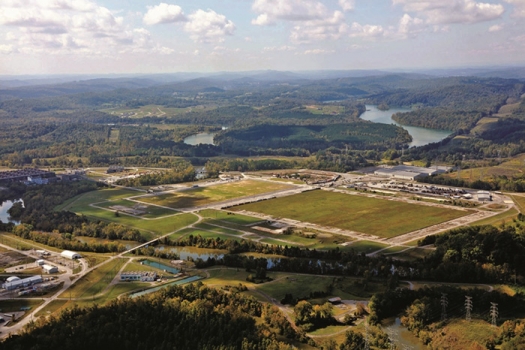
NASHVILLE, Tenn. – July 16, 2021 – Tennessee Gov. Bill Lee, Department of Economic and Community Development Commissioner Bob Rolfe and Kairos Power officials announced today that the privately funded, advanced nuclear engineering company will establish a low-power demonstration reactor in Oak Ridge.
- Tennessee's Department of Economic & Community Development Newspiece
This completes the acquisition of the East Tennessee Technology Park (ETTP) site, initially selected for the project back in December 2020. At the same time, Kairos also received $303 million in funding from the U.S. Department of Energy and Office of Nuclear Energy’s program for Risk Reduction projects to support the design, licensing, and construction of the reactor.
Kairos Power will invest $100 million and create 55 jobs to deploy a low-power demonstration reactor, called HERMES, at the site in Tennessee.
“Oak Ridge continues to lead the nation in groundbreaking technology, and we recognize Kairos Power for joining this effort. I’m proud of the energy development happening in Tennessee that will positively impact the U.S. and the world. We thank Kairos Power for choosing to develop their test reactor here in Tennessee to support their mission of developing innovative nuclear technology that will move the U.S. forward.” – Gov. Bill Lee
HERMES, expected to be operational in 2026, will demonstrate the company’s capability to deliver low-cost nuclear heat. It is a scaled version of Kairos Power’s Fluoride Salt-Cooled High-Temperature Reactor (KP-FHR), an advanced reactor technology that aims to be cost-competitive with natural gas in the U.S. electricity market in order to provide carbon-free, affordable, and safe energy. The project will be a redevelopment of a site at the Heritage Center, a former U.S. Department of Energy site complex.
“The Oak Ridge Corridor is at the forefront of science and technology in the U.S. and this partnership with Kairos Power is a huge accomplishment for Tennessee and the nuclear energy world. The combination of resources working to deliver innovative nuclear energy is fueled by our strong science and energy sector and the excellent work being done daily at Oak Ridge National Laboratory, led by Dr. Zacharia. I congratulate Kairos Power on this groundbreaking project.” – TNECD Commissioner Bob Rolfe
"The City of Oak Ridge has a long and distinguished history of nuclear innovation. The citizens of Oak Ridge look forward to welcoming Kairos Power into to our community and working with this exciting innovative project to ensure their long-term success." – Oak Ridge City Manager Mark Watson

